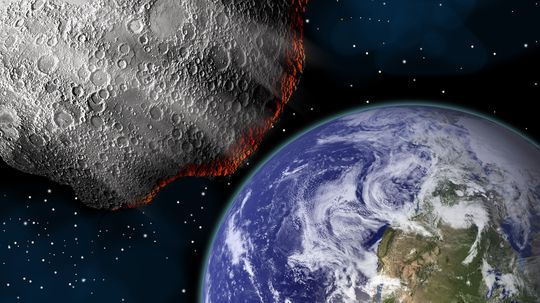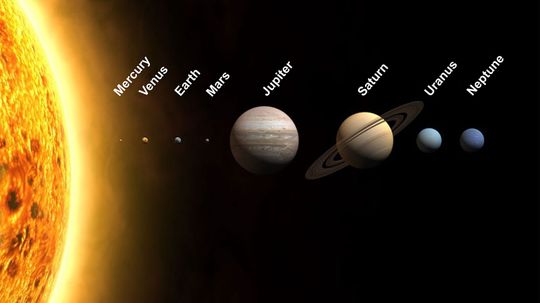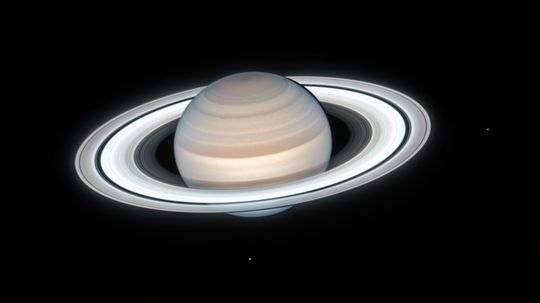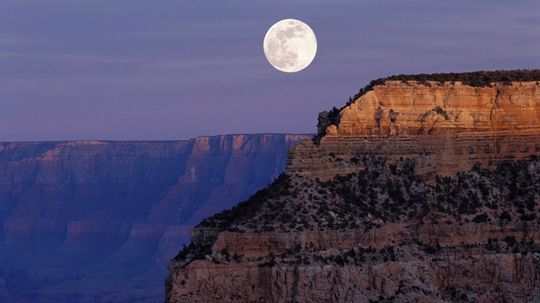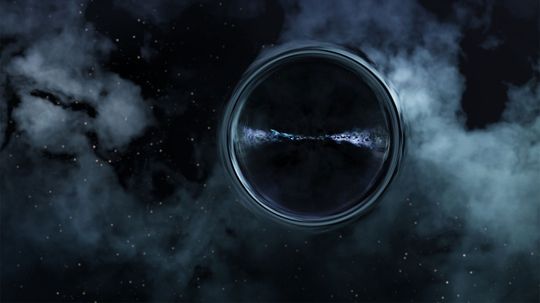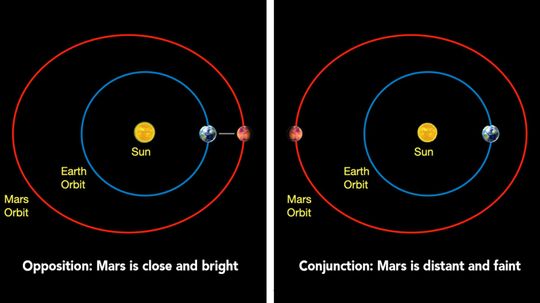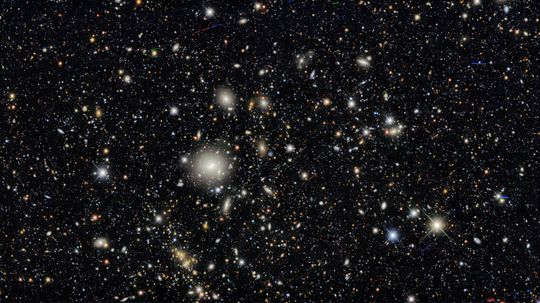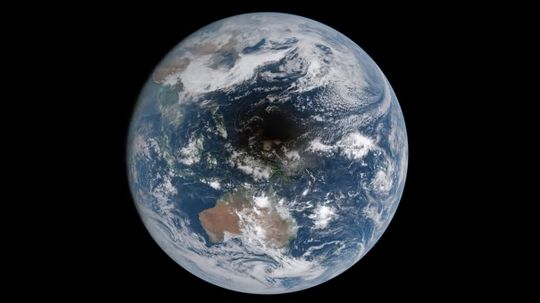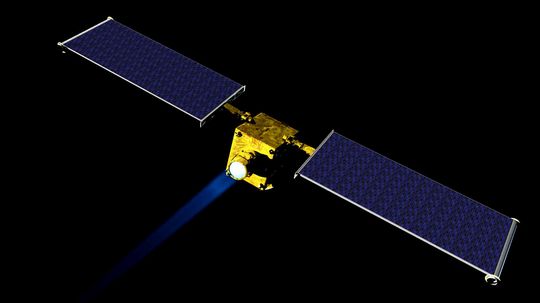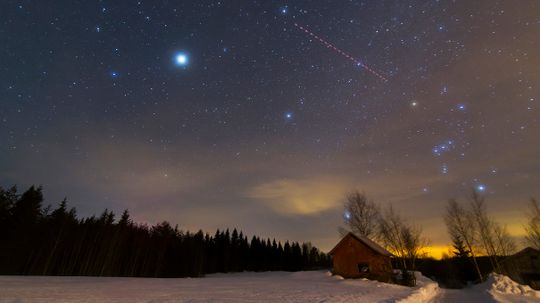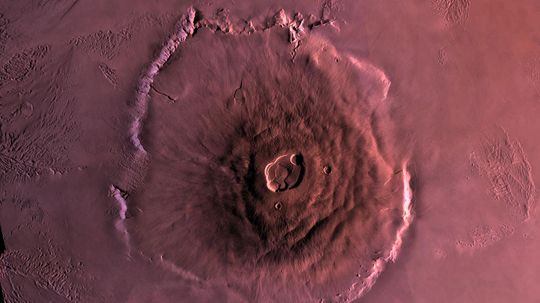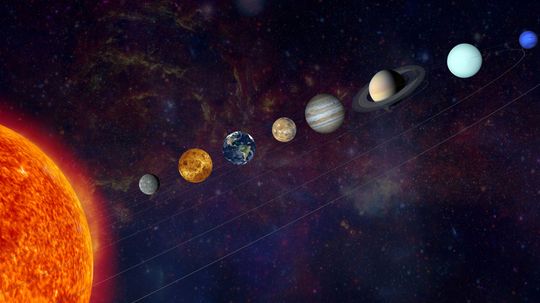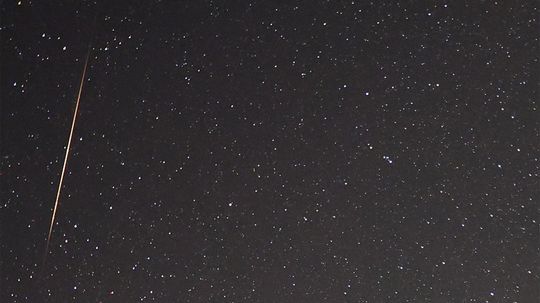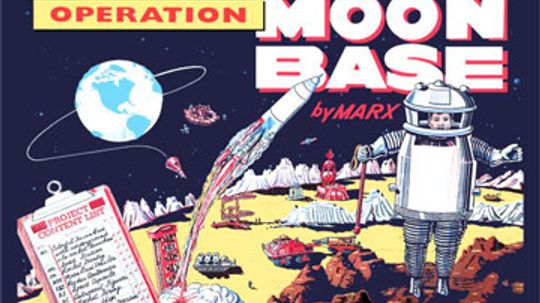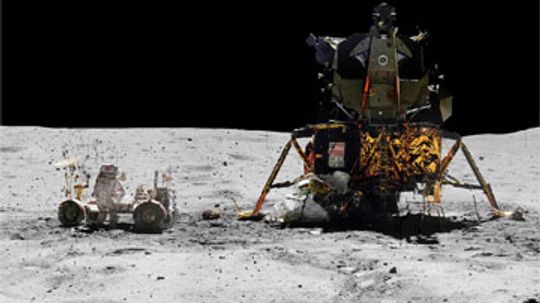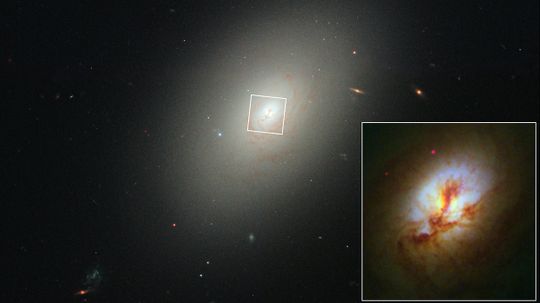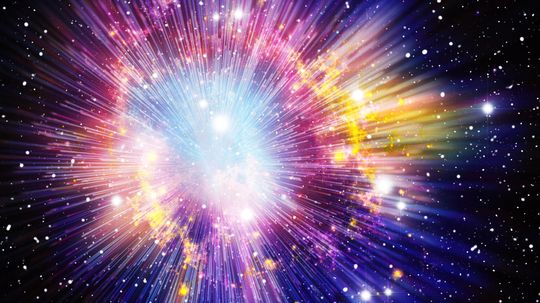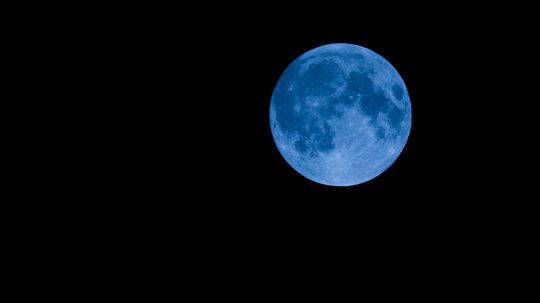The Solar System
In the Solar System Channel, you can explore the planets and celestial objects around our own sun. Learn about topics such as Mars, Jupiter and the Moon.

88 Constellation Names (and 24 You Can Only See From the Northern Hemisphere)
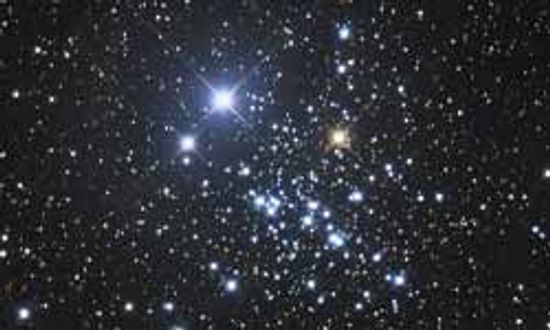
Constellation Pictures

How to Find Orion's Belt in the Night Sky
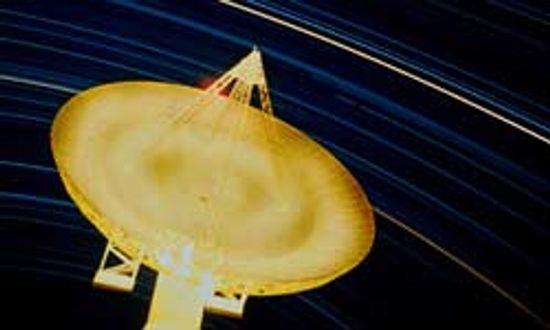
Radio Telescope Image Gallery
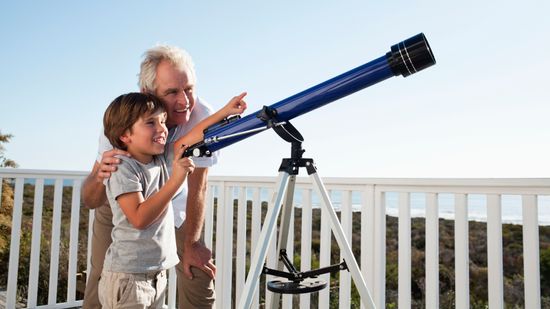
How do I build a telescope at home?
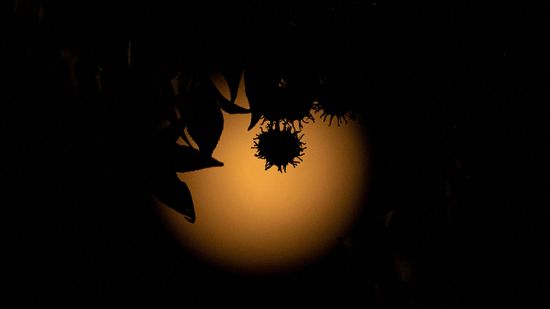
Shooting the Stars as an Astrophotographer
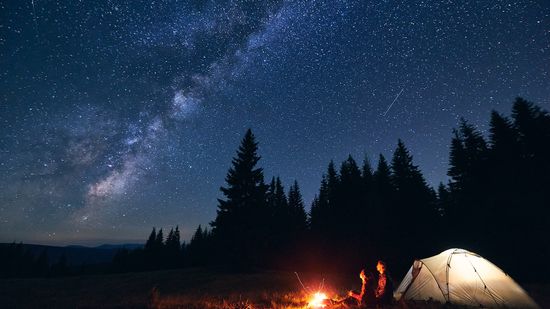
10 Types of Stars Blazing and Collapsing in Our Universe
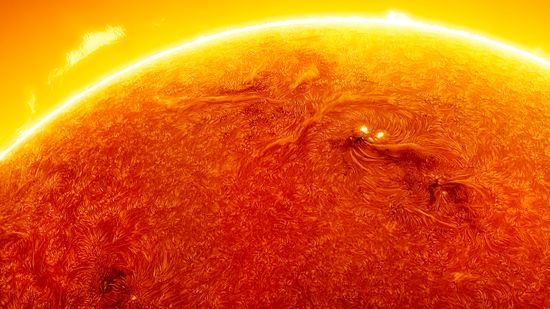
Solar Storm + Earth's Magnetic Field = Auroras Galore
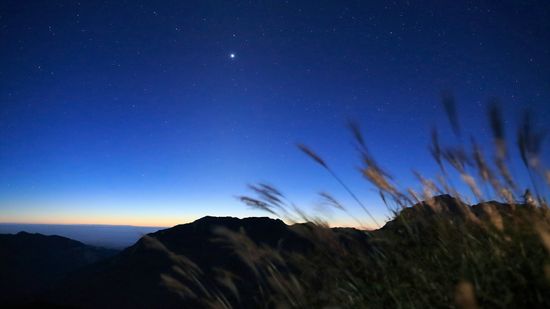
What's the Brightest Star in the Sky? Depends on the Season
Learn More / Page 3
We can't defy the odds of an asteroid taking a turn for Earth forever, so the world's astronomers watch the sky. What happens once they spot something?
By Robert Lamb
You know Saturn and Venus and Mars. Can you put the eight planets of the solar system in the correct order? There are several ways to do this.
In recent years, Saturn has overtaken Jupiter as the planet with the most moons in our solar system. How many does it have and could it have even more?
Advertisement
Surely you've watched tons of sunsets in your lifetime. But have you ever seen the sunset and the moonrise simultaneously? Is that even possible?
Scientists have observed flashes of X-rays coming from behind a supermassive black hole, consistent with Albert Einstein's prediction that extremely large objects can bend light.
The Mars solar conjunction occurs every two years and forces NASA to stop communicating with assets on the Red Planet. So what's the deal?
Early dark energy, a form of dark energy that may have existed a few hundred thousand years after the big bang, could help clarify the universe's rate of expansion. But its existence hasn't been proven.
Advertisement
Check out this video of what astronauts in space see as the shadow of the moon crosses our planet.
And don't worry. Even if NASA misses, we'll be fine.
Every autumn, Earth passes through a stream of debris left by Halley's comet, resulting in some beautiful nighttime meteor showers called the Orionids. Here's what to watch for.
The annual Leonid meteor shower is back, and peaks in the late-night hours of November 17. It's made up of tiny bits of debris from the comet Tempel-Tuttle. Here's how to see it.
Advertisement
Many people dream of climbing Mount Everest, but what if you could scale the highest mountain in the solar system? That one is more than twice as tall as Everest! So, where is it?
If you imagine the eight major planets in a single line stretching out from the sun, this alignment occurs roughly every 13.4 trillion years. And our solar system is 4.5 billion years old.
The Tau Herculids meteor shower was made of debris from the broken comet SW3 and produced a lot of shooting stars, but not quite the meteor shower that was hoped for.
Leash your cheetah, buckle your seatbelt and tell Usain Bolt to take a knee. We're about to power through some of the speediest stuff this universe - both in the real world and in fiction - has to offer.
Advertisement
A billion years ago, the moon stopped being geologically active. But that's not to say that the moon is doing nothing for Earth. Let's find out why we owe our moon some thank yous.
A lunar land rush is the most likely thing in the world (or, rather, out of it). As private companies gaze spaceward with dollar signs in their eyes, it's time to start settling some questions about space ownership, use and management.
What if your job were to protect life in the galaxy at all costs? That's exactly what the folks manning NASA's Planetary Protection office do, and bunny suits are just the beginning.
One tragic, moonless night in April 1912, the Titanic slid into the depths of the North Atlantic Ocean -- for good. A crew of Texas State academics suggested that Earth's favorite satellite may have some explaining to do.
Advertisement
How galaxies get their shapes and evolve is widely debated.
By Mark Mancini & Yara Simón
It's the first interstellar rock we've ever found!
It wasn't quite as loud as you might imagine.
The term "blue moon" dates back to at least the 16th century. Since then, it's had several different definitions, many of which are contradictory. So what's a blue moon today?
By Mark Mancini
Advertisement
And if we're going to get technical about it, neither do those of us here on Earth.
Energized subatomic particles bombarding Earth from outer space can cause the electronics inside laptops, cell phones and other devices to crash.
